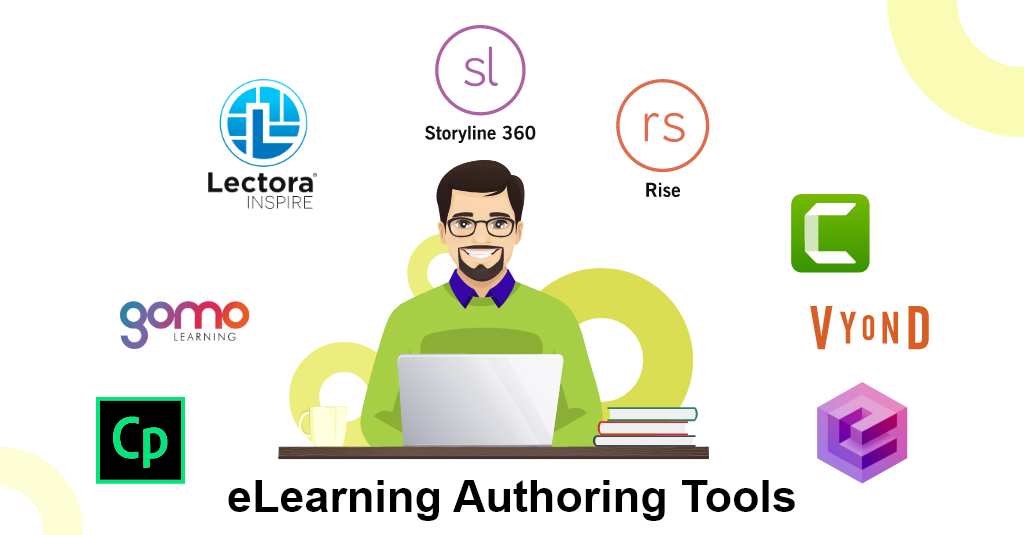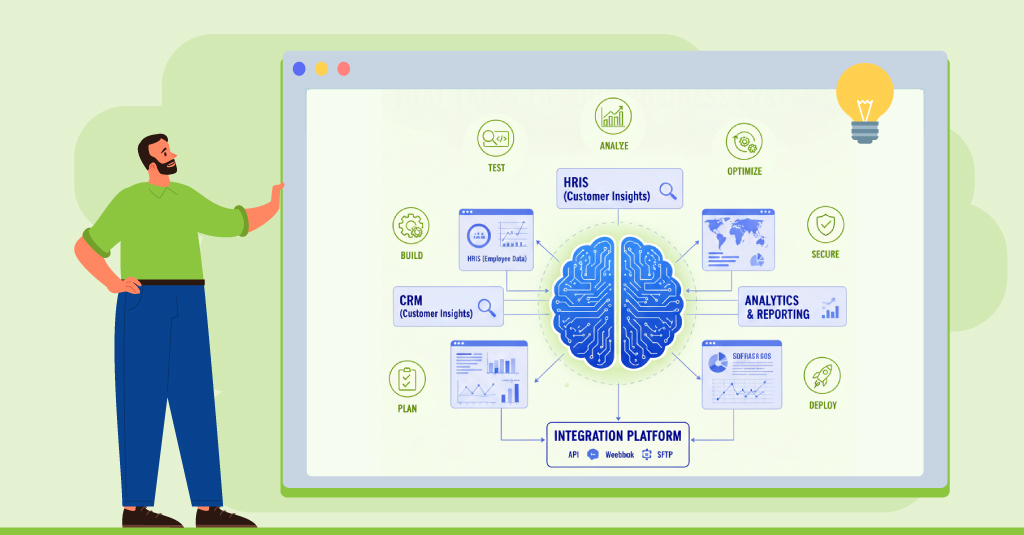Authoring tools play a vital role in the learning technology ecosystem. They have expanded our ability to produce good quality eLearning courses at a lower cost without requiring any technical expertise.
Here are some key reasons the shift has happened –
-
1. Ease of Use
Authoring tools allow anyone to create, update and package engaging pieces of learning content, regardless of their technical expertise. Not only does this allow creative individuals with limited technical expertise to develop learning content, but it also allows for collaboration on learning design, by allowing multiple people to review it parallelly.
-
2. Multi-device capabilities
In today’s world smartphones play a big part in learning. Responsive design capabilities are available in the most rapid eLearning authoring tools. This enables you to develop online content that works across several platforms and is available for any device.
The authoring tools enable you to create a layout with different breakpoints, that automatically adjust the design based on the resolution, screen size, and orientation. This multi-device feature can assist you in producing microlearning.
-
3. Interactive templates
Authoring tools also offer great interactive templates. This allows for creating more interactive learning solutions as an alternative to bland PowerPoint-like content. By letting learners interact with the content and actively participate in the learning process, their curiosity will incentivize them to acquire knowledge.
It also allows the integration of elements such as quizzes, infographics, scrolling panels, scenario-based learning, leaderboard, mini-games, etc. With the right authoring tool, one can potentially make eLearning content much more engaging. You don’t have to worry about the overall layout and design—instead, you just hop right into a pre-made template and start inputting your content in the placeholders.
-
4. Standards compliance
Authoring tools come in handy if you are looking for a way to create standards compliance courses. Authoring tools support popular content packaging standards, allowing content creators to comply with a variety of specifications such as AICC, SCORM 1.2, SCORM 2004, and xAPI.
What works in favor of authoring tools is that they’re constantly updated according to eLearning technology trends. All you need to do is to publish your course according to your compliance requirement.
-
5. Save Development Costs
Another big draw is the fact that most popular authoring tools, such as Articulate 360, Captivate, and Camtasia reduce development time owing to all the above points. This plays a significant role in reducing project costs.
So, if we consider all the above points and their ability to produce high-impact eLearning courses at a lower cost without any technical expertise, no wonder so many people/organizations are leaning towards the authoring tools for eLearning. However, remember a tool is only as good as the user. To create engaging eLearning that results in retention and transfer, significant learning design expertise is required.


















